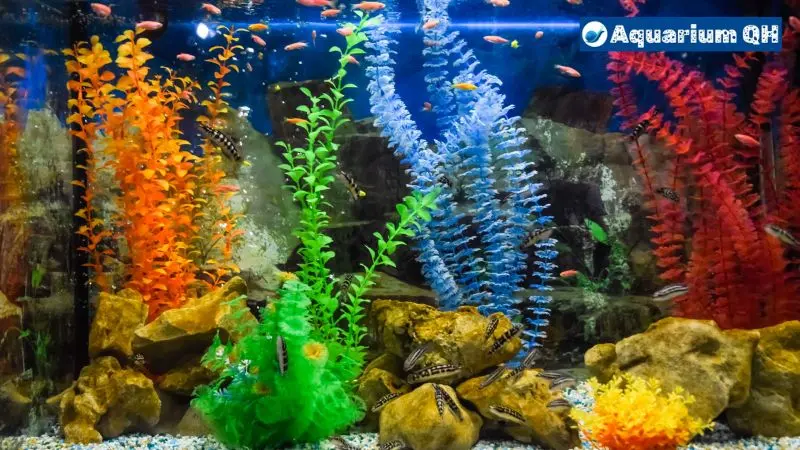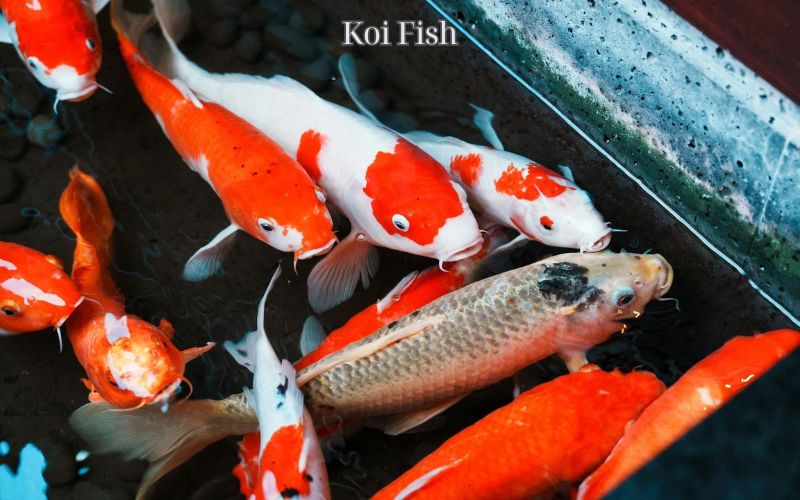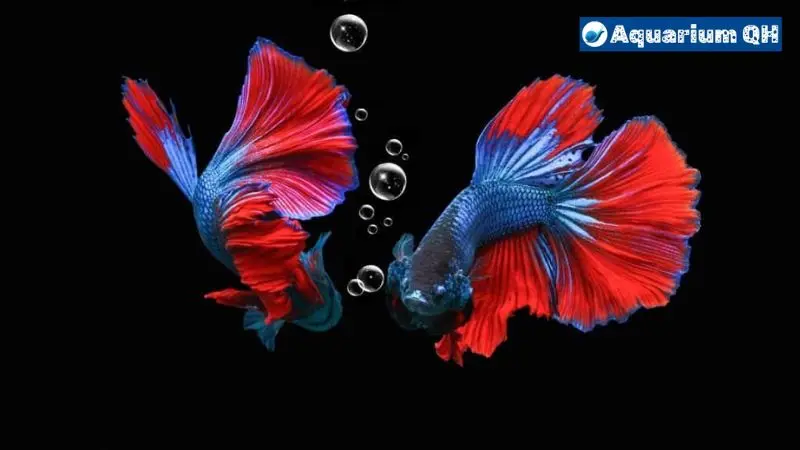Maintaining a healthy environment is crucial for the well-being of aquarium fish. Among various factors, water quality plays a pivotal role in ensuring the vitality and longevity of aquatic life. In this article, Aquarium QH delve into the significance of natural spring water for fish tank health.
What is natural spring water?

Natural spring water originates from underground sources and is known for its purity and mineral content. Unlike tap water, which may undergo extensive treatment processes, spring water often retains its natural composition, making it a favorable choice for fish tank enthusiasts.
The benefits of natural spring water for fish tank health

Maintaining optimal pH levels
One of the key advantages of natural spring water is its balanced pH levels, which closely resemble the aquatic habitats where fish thrive. Consistent pH levels are essential for the overall well-being of fish and other aquatic organisms.
Providing essential minerals
Natural spring water contains essential minerals such as calcium, magnesium, and potassium, which are vital for the growth and development of fish. These minerals contribute to bone density, muscle function, and overall metabolic processes.
Reducing harmful chemicals
Compared to tap water, which may contain traces of chlorine and other chemicals, natural spring water is often free from such contaminants. By eliminating harmful substances, spring water helps create a safer and healthier environment for fish.
How to use natural spring water in your fish tank

To reap the benefits of natural spring water, it’s essential to prepare and incorporate it into your aquarium effectively. Begin by thoroughly rinsing the tank and substrate to remove any debris or contaminants. Then, gradually introduce spring water into the tank, ensuring a smooth transition for your aquatic inhabitants.
Potential drawbacks and considerations
While natural spring water offers numerous advantages, it’s essential to consider potential drawbacks. One such concern is the cost associated with purchasing spring water, which may be higher than other water sources. Additionally, accessibility and availability can vary depending on geographic location.
Alternatives to natural spring water
In situations where natural spring water is unavailable or impractical, alternative options exist. Distilled water and reverse osmosis water are two common alternatives that offer comparable purity and quality, albeit through different filtration processes.
Conclusion
In conclusion, natural spring water serves as a valuable resource for maintaining optimal fish tank health. Its balanced pH levels, mineral content, and purity make it an ideal choice for aquarium enthusiasts seeking to create a thriving aquatic ecosystem.
FAQs
- Is natural spring water safe for all types of fish? Generally, natural spring water is safe for most freshwater fish species. However, it’s essential to research specific requirements and preferences for individual species.
Can I use natural spring water directly from the source? While natural spring water is typically safe for consumption, it’s recommended to use commercially bottled spring water for aquariums to ensure consistency and purity.
How often should I change the water in my fish tank? The frequency of water changes depends on various factors, including tank size, stocking density, and filtration efficiency. As a general guideline, aim to replace 10-20% of the water every 1-2 weeks.
Can I mix natural spring water with tap water? Mixing spring water with tap water can help adjust parameters such as pH and hardness. However, it’s crucial to test water parameters regularly to ensure compatibility and stability.
Are there any specific precautions I should take when using natural spring water? Prior to introducing spring water into your aquarium, conduct a thorough analysis of its parameters, including pH, hardness, and mineral content. Additionally, consider acclimating fish gradually to prevent stress and shock.




